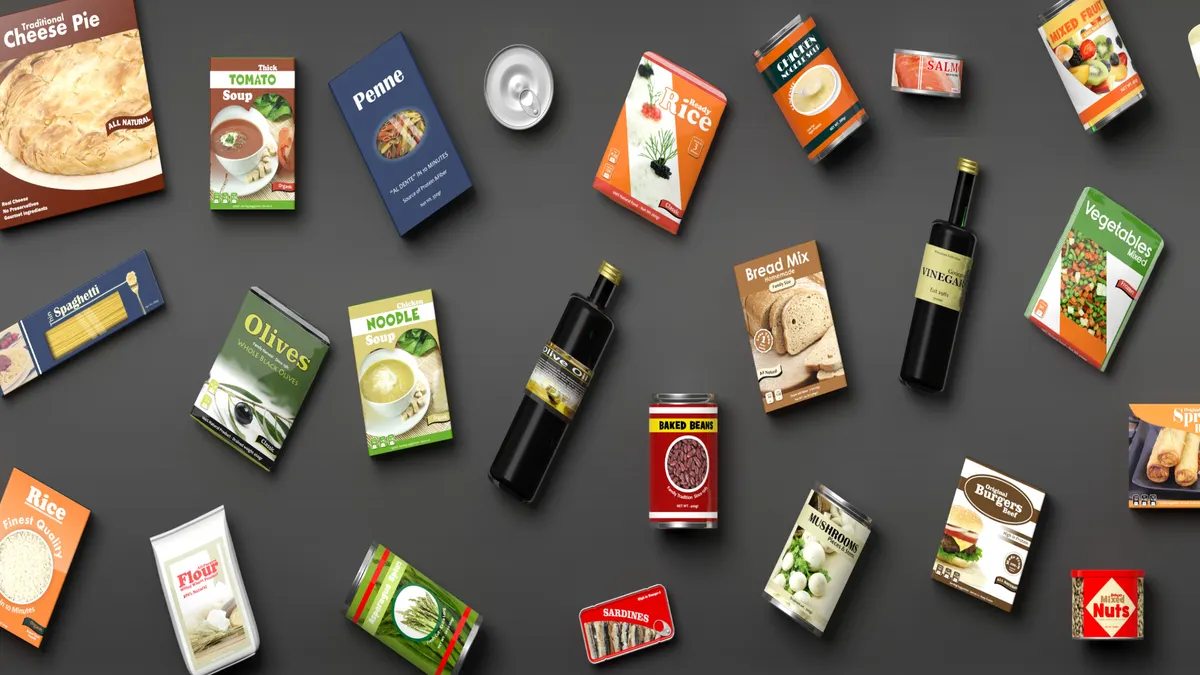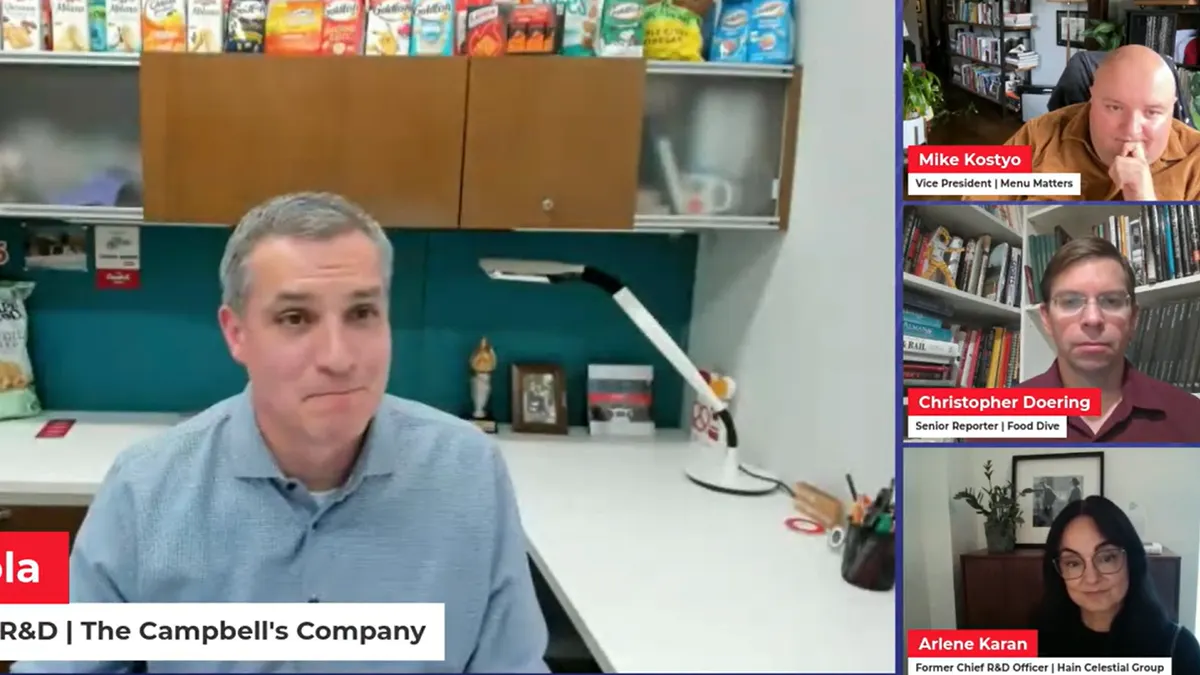Dive Brief:
- Coffee growers from Brazil, Colombia and more than 24 other countries met in Brazil this week to determine if they can raise coffee prices.
- Coffee farmers are currently seeing the lowest global prices in more than a decade, according to The Wall Street Journal. The current low price for green coffee — about $1 per pound on the commodity futures market — is about 20 cents less per pound than the cost of production, The Los Angeles Times reported.
- Growers are pushing for the change after witnessing a similar successful effort by cocoa producers. But the coffee growers aren't sure they wield the same clout as cocoa producers because there are about 20 more coffee-growing countries than there are for cocoa.
Dive Insight:
Although cocoa producers were able to raise their minimum price, it could be a much harder sell for coffee growers. Just two West African countries — Ghana and Cote d'Ivoire — produce more than 60% of the world's cocoa, and their governments threatened to suspend sales of cocoa beans for next year unless buyers raised the minimum price.
Coffee producers could take the same approach, but it would likely require the three largest countries growing arabica coffee beans — which comprise nearly two-thirds of global coffee exports, according to The Wall Street Journal — to step up.
Coffee farmers may be willing to take that risk since they are currently selling their harvest at a loss, switching to other crops or getting out of the business entirely. There are many reasons for the low price, including currency devaluation, speculation, oversupply from large producers such as Brazil and Vietnam and a disease known as coffee leaf rust. When farmers can't make a living and aren't able to reinvest in their farms, the rust can take hold and limit production in future years.
Limited output could have a huge impact on the coffee market as more companies, such as Coca-Cola and Nestlé, expand the offerings of the popular beverage they have in their portfolios. Although coffee companies have seemed sympathetic to the farmers' plight, they haven't done anything substantive to help.
Growers from more than 30 countries wrote to more than 20 large coffee buyers last year, including Nestlé and Starbucks, asking them to pay more, but they only received commiseration in response. Nestlé said raising farmers' income needed action from more than one company, and that larger and more comprehensive measures were required, The Wall Street Journal reported.
Meanwhile, demand for coffee continues to grow. The U.S. is the leading global consumer of coffee, with Americans drinking about 400 million cups per day. About 64% of U.S. adults drank coffee each day in 2018, up 2% from the prior year and the highest level since 2012, according to a survey from the National Coffee Association cited by Reuters.
Still, if more growers get out of the business, processors and manufacturers could start feeling pressure from a reduced coffee supply. As a result, they may have to raise prices paid to farmers in order to keep receiving a steady amount of high-quality beans.
The coffee-growing countries may not have a lot to lose by standing together and insisting on a livable floor price for their product — just as the cocoa growers have done. Manufacturers of coffee may push back, but given the global appetite for java in all its forms, they may be willing to go along if the demand is reasonable.











